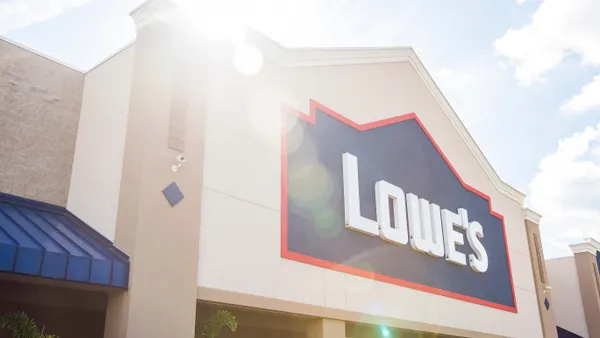The following is a guest post from Labelmaster, republished from their blog.
Last year, Labelmaster, a company that counsels companies large and small on the ever-changing regulations governing goods and hazardous materials, convincingly demonstrated that the hugely popular HBO series Game of Thrones is really about hazmat transport. To recap:
- Game of Thrones and the hazmat transport business are each based on an extremely long, frighteningly complex book series—A Song of Ice and Fire and the Codes of Federal Regulations, respectively.
- Flammable liquids (Hazard Class 3) and poisons (Hazard Class 6) are “game” changers throughout the fantasy saga.
- Different regions have different rules, and efforts to harmonize them often prove perilous. (Sound familiar?) Compliance and non-compliance drive many of the conflicts.
With Season 7 starting July 16, it’s time to preview the questions that Dangerous Goods professionals have been asking for more than a year.
Who will hold Cercei Lannister accountable for her PHMSA violations?
There’s no question that Cercei Lannister committed numerous violations of PHMSA code regarding the storage and transport of flammable liquids. Worse, those violations led to hundreds of deaths and monumental property damage. She should undoubtedly face criminal charges—and severe civil penalties.
Problem is, she’s now Queen of the Seven Kingdoms. So who’s going to hold her accountable?
- The High Sparrow? Nope, he’s dead.
- Her Uncle Kevan Lannister? Dead.
- Margaery Baratheon? Dead.
- The Starks? They have other problems.
The only character with both the requisite decency and the potential jurisdiction to act against Cercei is Jaime Lannister. Unfortunately, he’s her brother and, even more unfortunately, he’s in love with her.
How will Jon Snow regulate the White Walkers?
Having solidified power as the King in the North, Jon Snow can now focus on protecting the Realm from the White Walkers, those still-mysterious beings who command armies of the dead. But first he must resolve issues of:
- Classification. What form of hazardous material, exactly, causes the dead to re-animate? Is it a gas (Class 2)? A form of radiation (Class 7)? Or something that fits no current hazard class?
- Jurisdiction. Responsibility for regulating the transport of the re-animation substance clearly resides with the Department of Transportation. But regulating its use—particularly at or near The Wall—may more properly be the responsibility of Customs and Border Protection.
- Enforcement. What can you do to creatures who are already dead? Civil penalties may prove to be a small deterrent, but absent larger supplies of dragonglass and Valerian steel, Snow has few options.
Will Daenerys Targaryen’s multi-modal model succeed?
Daenerys Targaryen—The Unburnt, Queen of the Andals, the Rhoynar and the First Men, Queen of Meereen, Khaleesi of the Great Grass Sea, Breaker of Chains and Mother of Dragons—accomplished something in Season 6 almost as impressive as her titles.
She assembled a multi-national, multi-modal transport operation—with ships carrying ground-based forces, escorted by airborne dragons—to cross the narrow sea and conquer Westeros. Brava!
But coming from the notoriously lax regulatory environment of the Free Cities, Daenerys may find herself facing compliance headwinds in Westeros. To wit:
- Will she submit her dragons for regulation?
- If so, are they carriers of hazardous material, or are they themselves the hazardous material?
- Would dragonfire be classified as a gas or a flammable liquid?
- Has she properly placarded her ships with regard to the large amounts of damp hay (UN 1327) they carry to feed all those horses?
- Will she attempt to harmonize with Seven Kingdoms regulations, or register her vessels with the friendlier regulatory bodies of Dorne?
No doubt Hand of the Queen Tyrion Lannister will deliver helpful guidance on these and other issues. Daenerys may be impervious to fire, but no one in Game of Thrones should be considered above the standards of hazardous materials compliance.













